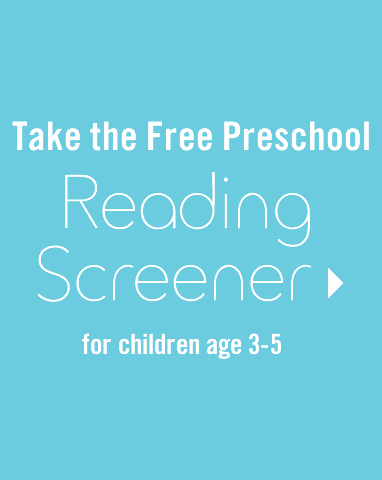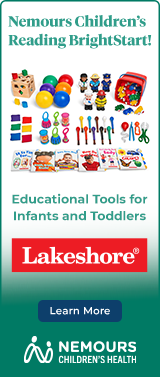While visiting a toy store, a little girl hears a box of crayons arguing. Wanting to help, she takes them home and shows them that although they are all different, working cooperatively is powerful. The simple text in this recommended children's book is great for identifying rhyming words. The book is also a great starting place for encouraging conversations on feelings and getting along. Remember to throw in a little practice with colors too!
Before, During and After Reading
Letter Knowledge
Introduce the book. After you read the book title, bring your child’s attention to the uppercase letter 'B' in the word Box. Show your child how to touch and trace the uppercase letter 'B' on the front cover. Make the sound of the letter as you trace it and then ask your child to do the same. Encourage your child to be a letter detective and help you find the letter 'B' on the page after you have read the words. Continue with several other letters in the title.
Oral Language
Make predictions. Ask questions. You might say, I wonder what a box of crayons might talk about. What do you think the crayons are talking about?
Tell your child: This is a rhyming book. Let’s see if we can hear words that sound the same at the end, words that rhyme.
Phonological Awareness
Hear the rhyme. As you read, bring your child’s attention to words that rhyme. Say the rhyming pair together. For example: Listen, I hear words that rhyme: me/see - they sound the same at the end. Let’s say them together: me/see, me/see, they both end with the sound ‘ee.’ They both rhyme.
Oral Language
Talk about emotions. As you move through the book, help your child examine how the crayons look in different pictures. For example: The purple crayon is covering his ears, looking away, and frowning. How do you think he is feeling? Can you show me how you look when you feel angry?
Oral Language
Ask questions and discuss. You might ask, What was your favorite part of the story? At the beginning of the story, why do you think the crayons were angry at each other? What happened near the end of the story to change that?Do you remember a time you were angry with someone? What did you do?
Imitate expressions and actions of the crayons. Imitate the expressions and actions of some of the crayons. Ask your child to guess which feelings you are acting out. Trade places with your child. Let him role play the expressions and actions while you guess the feelings.
Phonological Awareness
Rhyme with colors. Ask your child to help you think of things that rhyme with color words (red/sled, green/jean, blue/shoe). Use real words or make up your own for fun (purple/slurple, orange/morange, yellow/trellow).
Explore more easy at-home activities designed to build pre-reading skills in your four-year-old, or or take the Reading BrightStart! Preschool Reading Screener. The screener can help you determine if your child is on the path to reading readiness, and provides a free plan for moving forward.








